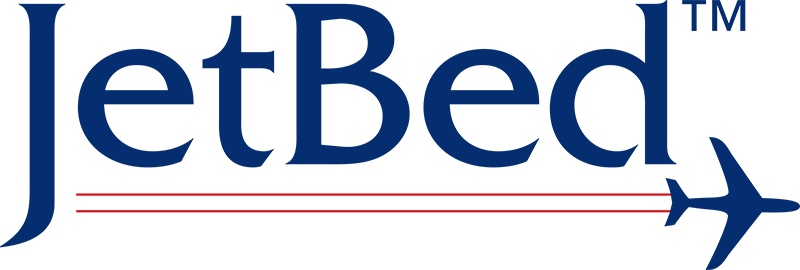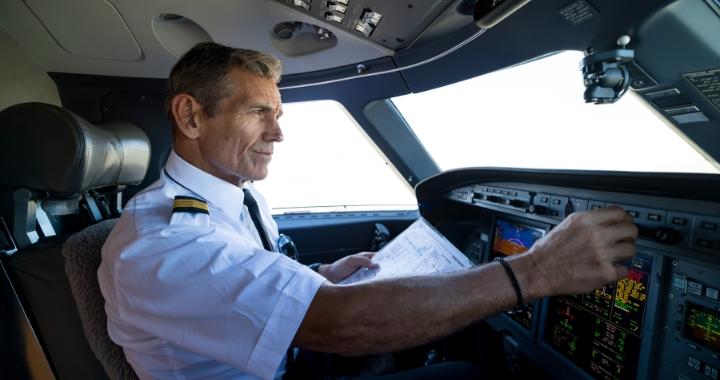During any flight, pilots are expected to juggle countless tasks from aircraft control and systems monitoring to navigation, communication, and decision-making. They must continuously analyze the flight environment, consider emerging situations, and manage all available resources while maintaining optimum mental and physical readiness.
For single pilots operating without a second set of eyes and hands, these responsibilities are even more significant. Incorporating effective resource management techniques into general aviation training is essential to help solo operators assess risks, make well-informed judgments, and conduct flights successfully and safely.
Today, we will focus on an important concept that aims to enhance safety for single pilot operations – Single Pilot Resource Management, also known as SRM. As the sole crew member, a single pilot must maximize all resources, remain vigilant to potential hazards, and make sound decisions independently. Adopting an SRM approach sets these pilots up to handle challenges, avoid critical errors, and ensure a positive outcome for each flight.
This post will explore the key elements of SRM and how implementing associated strategies can benefit pilots operating without a co-pilot. Let’s dive into the value of effective resource management for single-pilot aircraft operations!

What Is Single Pilot Resource Management?
Single Pilot Resource Management (SRM) is defined as the art and science of managing all the resources available to a single pilot prior to and during flight to ensure a successful outcome. In single-pilot operations, the pilot is solely responsible for tasks like aircraft control, communication with air traffic control, navigation, and workload management. SRM provides a framework to help pilots in these challenging operations.
Key elements of SRM include task management, maintaining situational awareness, and effectively mitigating risk. Proper task management is important to prevent overload and ensure vital checks are not missed. Situational awareness involves monitoring flight progress and being alert to potential external hazards that could lead to incidents like controlled flight into terrain.
Risk management is also critical since the single pilot must make all decisions independently. SRM training helps enhance a pilot’s ability to manage risks and implement controls to mitigate hazards. This training draws from the principles of crew resource management used in the airline industry but tailors them for sole operators.
Some techniques single pilots can use include organizing flight tasks methodically, utilizing checklists to verify steps are not skipped, scanning instrument panels and outside visually to maintain situational awareness, and consulting additional resources like flight service stations for updated weather or route advice.

Elements of Single Pilot Resource Management
Plan
Thorough planning is vital for single pilots as they must consider numerous factors independently. Pilots should research weather patterns across the intended route in detail to identify potential hazards and file alternative route plans if necessary. They must review all Notice to Airmen (NOTAMs) to stay up to date on airspace restrictions, airport closures, or ongoing construction projects that could disrupt the intended flight path.
Equally important is reviewing the aircraft’s performance specifications carefully. Pilots need to calculate take-off performance and climb gradients based on weather, runway conditions, aircraft weight, and controllable flap settings. They also must estimate the required fuel carefully based on predicted weather, expected routing, and applicable reserve fuel calculations. Overall, utilizing significant time for planning eliminates unexpected problems and reduces workload while flying. Plus, developing contingency plans for possible delays or emergencies enhances safety.
Plane
Understanding an aircraft thoroughly is crucial as the single pilot will be solely responsible for aircraft control and system operations. Pilots must review aircraft manuals, stabilized approach speeds, V-speeds, and flap settings. They should practice checklists repeatedly in a simulator or on the ground to develop muscle memory. Calculating maximum takeoff weight limits based on runway length, elevation and temperature prevents overloading.
Ensuring all documentation, charts, and equipment are current and onboard enables compliance procedures to be followed. A well-prepared aircraft allows the pilot to concentrate solely on flight rather than referencing materials
Pilot
As the one decision maker, a pilot’s own fitness directly impacts safety. Pilots must perform rigorous self-assessment of recent experience levels, recency of duties flown, and personal well-being. They should identify any physical or mental limitations, especially after long duty periods, transoceanic flights, or stresses at home that may require delaying a planned trip.
Factors like fatigue, nutrition, stress, and overall health impact cognitive abilities, and risks shouldn’t be underestimated. Maintaining optimal health involves monitoring sleep habits, diet, and exercise, and evaluating personal minimums based on ongoing life circumstances. A well-rested and self-aware pilot is more likely to respond appropriately to challenges.
Passengers
Briefing passengers thoroughly on safety procedures, appropriate conduct, and specifics of the planned flight is important. Pilots must anticipate passenger stress, claustrophobia, or medical issues and devise a plan to address any concerns. Considering passenger weights and a fully informed seating/baggage plan is vital to maintain the center of gravity within tolerable limits.
Happy, engaged passengers can assist in emergencies if briefed clearly in advance. Their calm cooperation optimizes the flight environment. Speaking of happy passengers, consider equipping your jet with a JetBed: the most comfortable way to fly.
Programming
Systematically programming all necessary tasks, communications, and navigational checkpoints ahead of time prevents rushing. Pilots should list every item requiring cross-checking verification before takeoff, during cruising, and on approach. Building flexibility to adjust the program when facing airspace congestion, winds, or inclement weather enhances safety. Pilots can then focus fully on each step and avoid potential missed items. Well-organized programs help pilots effectively manage their workload as solo operators.
Maintaining rigor across these key SRM elements contributes greatly to the safe performance of flight responsibilities as the solitary crewmember. Optimized single resource usage and disciplined planning enable pilots to overcome challenges independently.

Single Pilot Resource Management Checklist
Adopting an effective Single Pilot Resource Management approach plays a crucial role in general aviation safety.
The techniques discussed here establish a framework for solo pilots to maximize all available resources, maintain vigilance, and make prudent independent decisions in a variety of situations. Regular practice of SRM strategies through scenario-based training reinforces these vital skills.
As referenced in previous posts on “How Many Pilots Fly a Plane” and “What is AQP in Aviation“, crew resource management and data-driven training programs enhance performance for both single-pilot and multi-pilot operations. General aviation pilots are encouraged to pursue continual development opportunities, whether through refresher courses, simulator sessions, or private coaching. This helps to refine their ability to appropriately manage workload, assess risks, and ensure a successful flight outcome.
For pilots committed to safety and looking to avoid potential distractions that could impair judgment, JetBed offers the ideal onboard solution. Our patented inflatable mattresses provide a convenient and comfortable option for rest during long-haul flights or overnight cabotage missions. Jetbeds aims to support general aviation pilots in maintaining optimal fitness and concentration, two critical factors for applying the principles of Single Pilot Resource Management effectively.
We hope this discussion of SRM serves to reinforce its importance for safety in solo operations. Remember to consider our fatigue-fighting products on your next trip to help you stay at your decision-making best!

